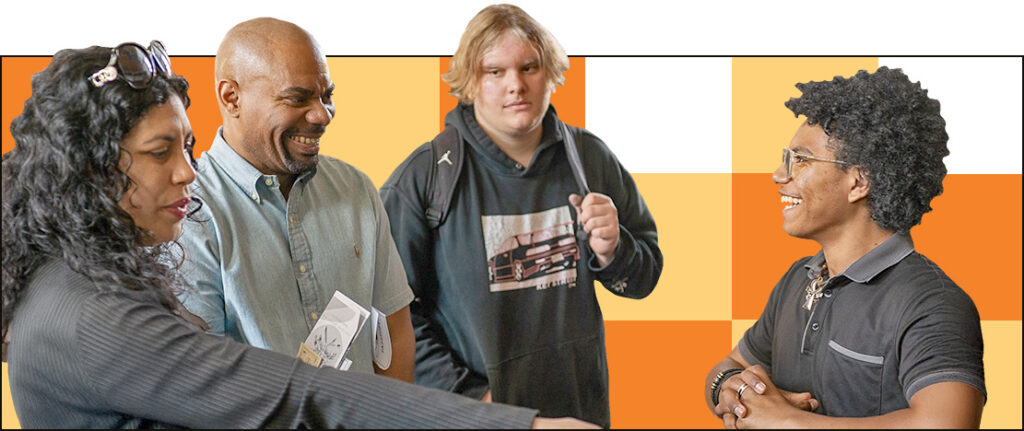


learn more about

learn more about

overview
partner with us
partner with us
events

events



learn more about

learn more about











This project had the broad goals of recognizing and confronting our environmentally adverse consumption and production cultures that are entrenched in practices of planned obsolescence, materialism and disposability. Our team worked in groups to identify and design products for local non-profit organizations, each conceived as a response to a real problem they had. Upon finalizing our designs, each group gathered waste materials and adjusted their plans to integrate them before prototyping and actually building the upcycled products. From benches to cat trees to cabinet doors, each group was successful in making a socially and environmentally positive contribution to a group working in our community. Further, each group worked to archive the process of their work by contributing a section to our team-wide publication highlighting the design processes, environmental considerations, community interactions and physical and philosophical practices that we explored.
Having local non-profit organizations as our customers lent real authenticity to our project. Designing around real problems that they had created genuine purpose for the diverse things that we built. It was also a great motivator to know that they were counting on using our products for the work that they do. Documenting the entire process of our work offered a thorough look at what is involved in pushing back on some of the detrimental norms of our culture, like how we build things to be disposable or replaced.
This was the first project I’ve done where it was really crucial for every group member to work together to create our final product, a bench for the Ray and Joan Kroc Center. Everyone in my group had different skills that were extremely important to constructing a bench that worked for our customer. It was really lovely to not only create a product that I was proud of, but to also feel that I’d been able to assist a local nonprofit organization.
—Abigail Tull
To learn more about this project and others, visit
https://dp.hightechhigh.org/~pholder/Digital_Portfolio/Project_Archive.html